Last Updated on August 5, 2021
PLOT: After Amelie (Mathilde Lamusse) is sexually assaulted by her ex-boyfriend in urban France, she summons the Moroccan jinn known as Kandisha – a ghostly demonic, cloven-hooved woman draped in a black burka – to avenge her attacker. But when Kandisha requires much more bloodshed to sate her evil incarnation, Amelie and her closest friends become gravely endangered.
REVIEW: French horror gourmets Alexandre Bustillo and Julien Maury (Inside, Leatherface) return to the realm of indie low-budget filmmaking with Kandisha, a gorily ensorcelling if rather run-of-the-mill demonic ghost story based on historical lore of 14th-century Morocco. Vivified by its visceral hyper-violence, decaying graffiti-strewn urban setting, and three superb central female performances, the film doesn’t till new territory so much as rivet and renovate the old by introducing a nasty new folkloric horror villain that comes with well-executed visual panache and a convincing cultural curiosity. Although we’ve seen this type of film countless times before, the sinister specificity of the titular spirit is scary and fascinating enough to warrant a watch. Had Kandisha been conjured out of thin air, the film would likely resonate far less. But because the character is steeped in a horrific historical context dating back thousands of years, the lethal lore the film presents gives the overall experience an added valence to go with maddened violence.
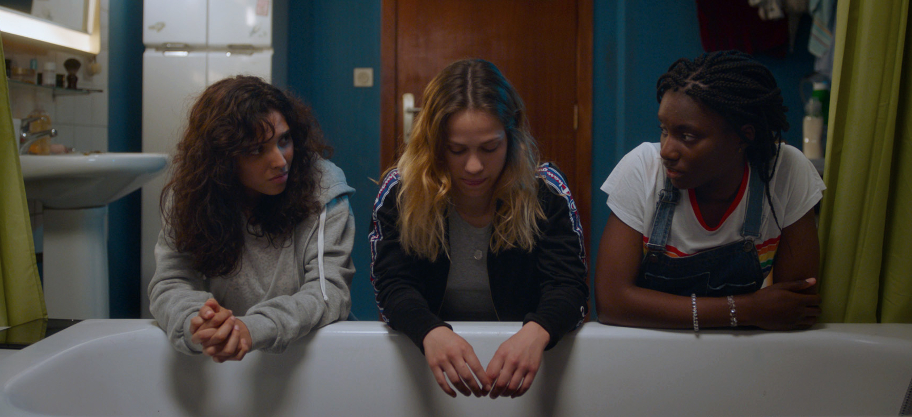
A slow overhead shot ominously descends on a tenement high-rise in urban France. We meet a pair of instantly likable female leads smiling, laughing, and busting each other’s chops in a gyro shop with their friends. Among them are graffiti artists Amelie and Bintou (Suzy Bemba), as well as Ako (Bakary Diombera), Erwan (Sandor Funtek), and Abdel (Nassim Lyes). Amelie and Binto’s best friend, Morjana (Samarcande Saadi) works as a nurse in a nearby hospital. The three female besties spend their summer days off by hanging around, tagging walls, smoking weed, listening to hip-hop, and giving each other a hard time. The immediate authenticity and likability of these characters and the chemistry between the three actors cannot be overstated. They look, feel, and sound like fully-rounded, three-dimensional characters who share a genuine bond, which goes a long way in relating to and rooting for the characters to remain safe and unharmed, even when the story itself becomes dull and derivative at times.
While spray-painting a basement one night, the badass graffiti artists discover the name Kandisha scrawled on an old piece of wallpaper. Bintou explains that Kandisha is an ancient vengeful Moroccan spirit that preys on men. Soon after, Amelie is accosted and sexually violated by her ex-boyfriend Ben (Dylan Krief), and resorts to summoning Kandisha as a means of payback by drawing a pentagram on a bathroom mirror with her own blood. The invocation works – with Kandisha (Merime Sarolie) materializing as a malefic, giant female beast swaddled in a black hijab, gold facial jewelry, and clopping around on goat hooves – but Amelie and the others have no clue what the ferocious folkloric fiend requires for ultimate satiation. A church visit with the rector informs the girls that Kandisha was a beautiful woman whose husband was killed by the Portuguese in battle thousands of years ago. After vengefully slaughtering several soldiers, she was beaten to death by six henchmen. Kandisha’s deceased spirit bonded with a malefic jinn and now demands six male lives whenever her spirit is summoned. Amelie soon realizes her innocent male friends are being systematically hunted and has to make the most difficult moral decision of her life in order to save her closest loved ones, including her little brother.
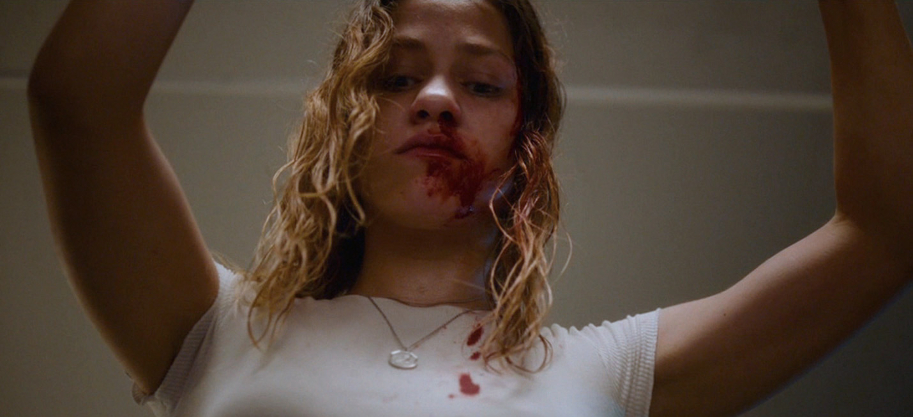
Despite the harrowing specifics of Kandisha’s historical backstory, the film ultimately devolves into a simple, uninspired stalk-and-slash template in which characters are gorily mutilated, one by one, although Bustillo and Maury’s trademark of exorbitant gore on glorious display. The excessive violence helps atone for the basic plot structure, but not quite as much as the compelling characters and deeply decrepit environment do. The unique and immersive setting of moldering graffiti-laced buildings and dingy ruinous underground hideouts gives the film a refreshing visual aesthetic that compensates for its boiler-plate vengeful ghost tale. The gritty urban street art lends a certain rough-hewn beauty that reinforces the nature of the characters themselves. Amelie, Bintou, and Morjana are three lower-class friends who, despite their dire circumstances, channel an outlet of artistic expression that allows them to overcome their hardscrabble existence and find a sense of catharsis, purpose, and solace in the process. I liked these characters and the world they lived in a great deal, which is partially why the horrific parts resonate so well when they do hit, and primarily why the film is recommendable. With less likable female leads and weaker central performances, Kandisha would be nowhere near as effective.
All told, Kandisha is an entertaining and well-made low-budget horror film that is sure to appeal to both fans of Bustillo and Maury and horror folklore enthusiasts alike. While the story structure isn’t terribly new or original, the mysterious nature of the titular terror is compelling enough to discover its odious origins and its violence as vile and vicious as can be. The main characters are as rootable and relatable as you’d hope for, and the chaotic urban environment is viscerally immersive in the most refreshing of ways. Keep your lids peeled for Kandisha when it hits the VOD circuit on July 22, 2021.


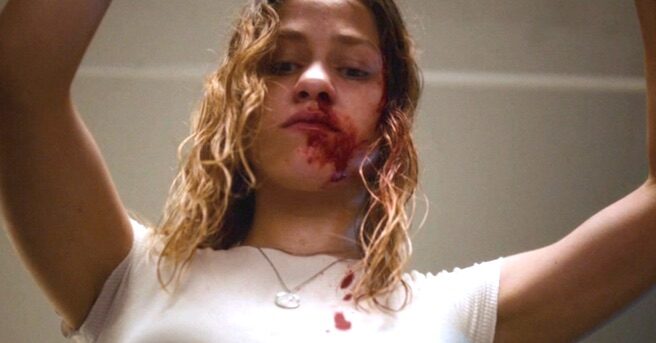


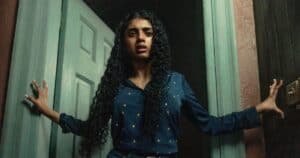
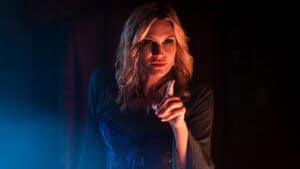




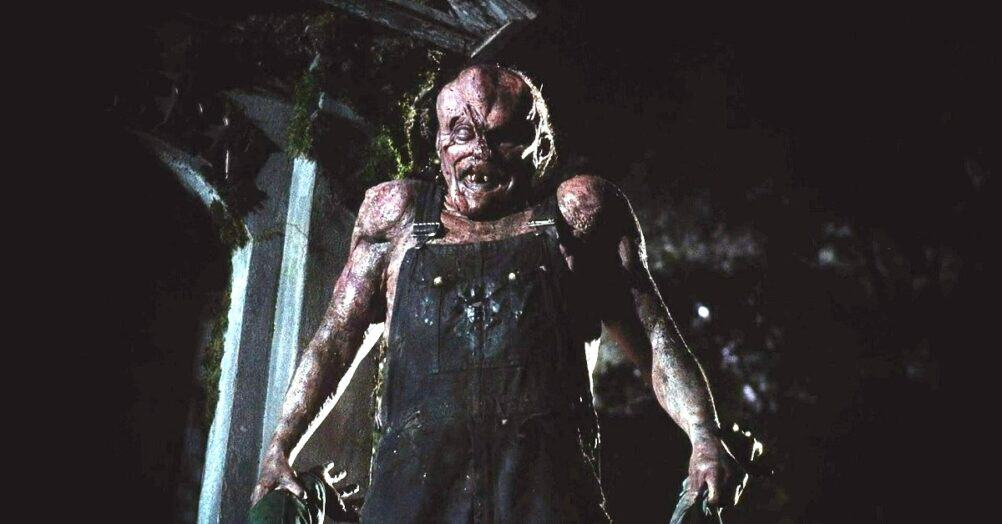
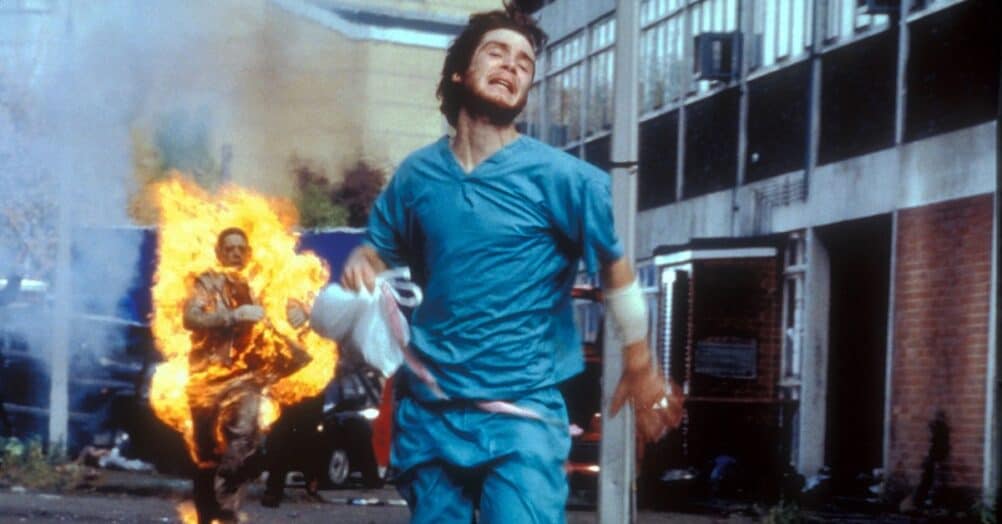
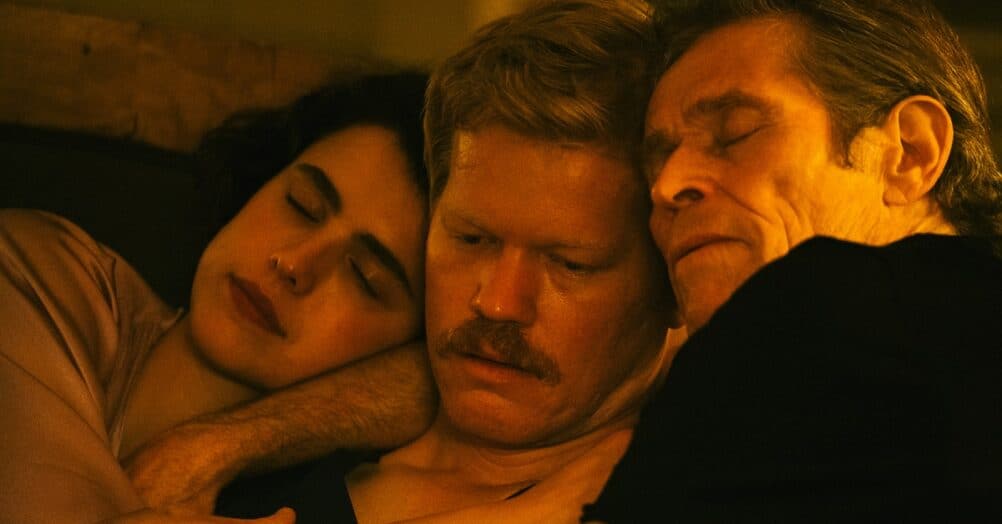
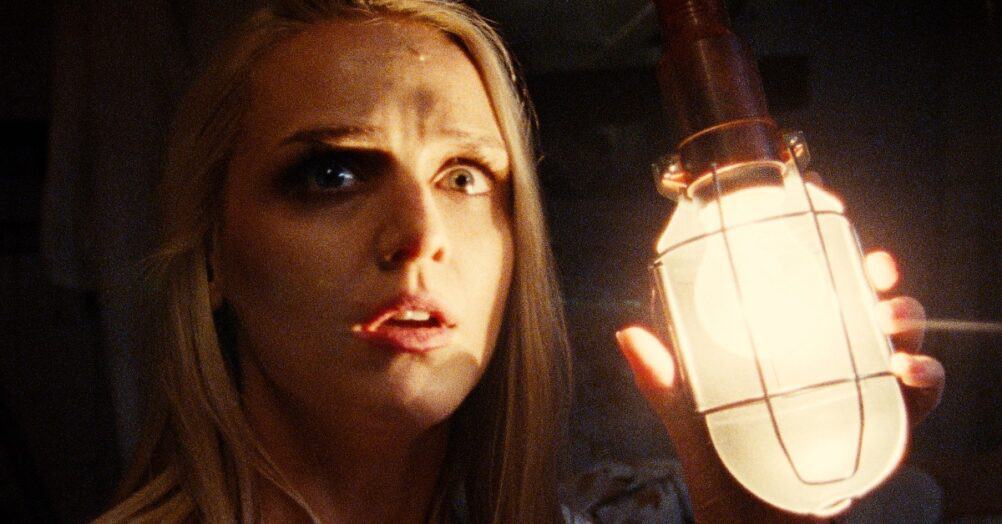

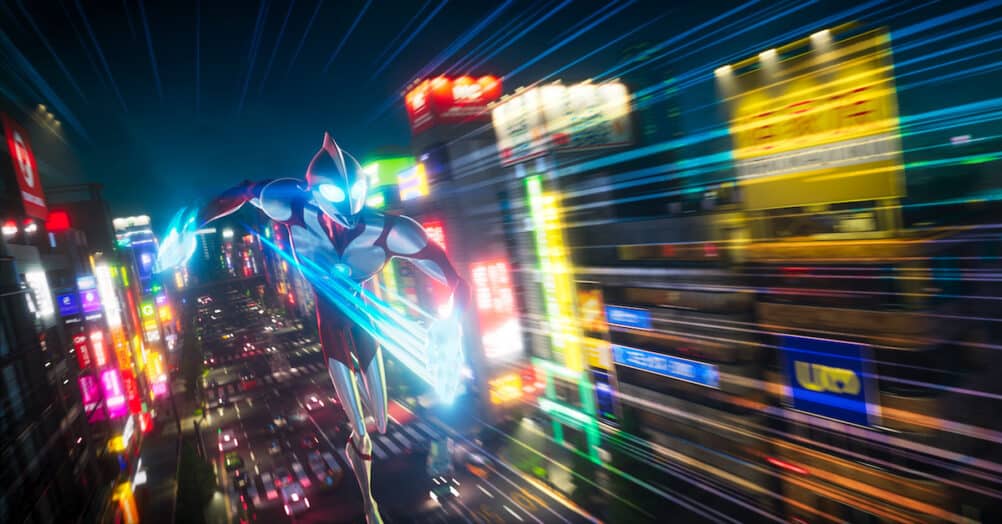
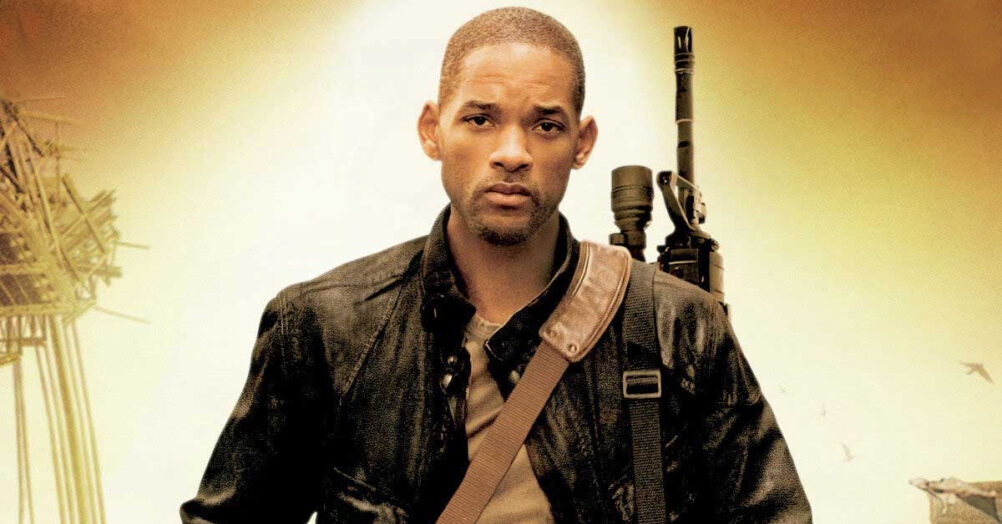
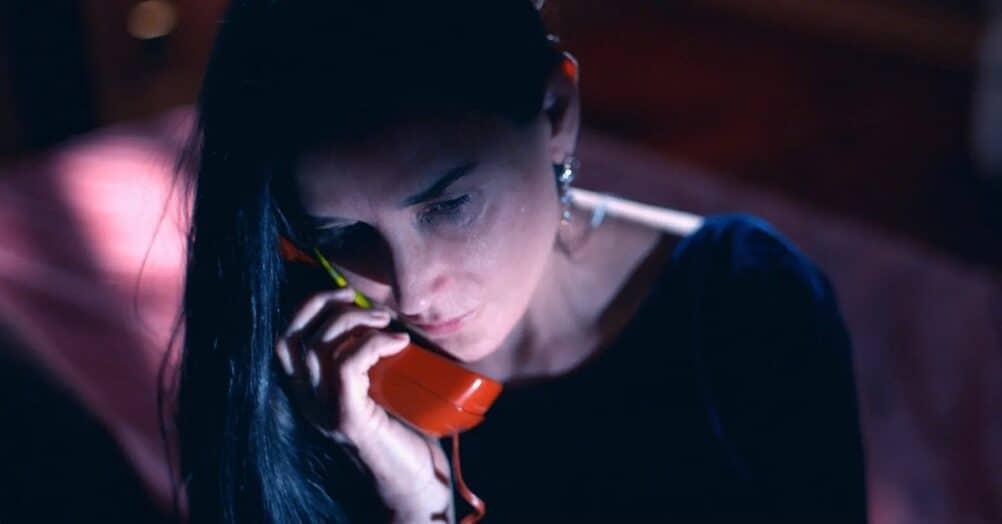

Follow the JOBLO MOVIE NETWORK
Follow us on YOUTUBE
Follow ARROW IN THE HEAD
Follow AITH on YOUTUBE